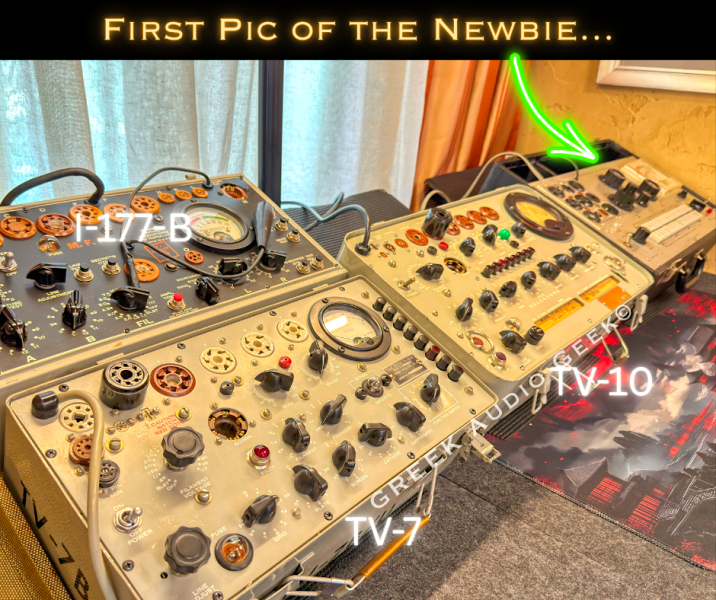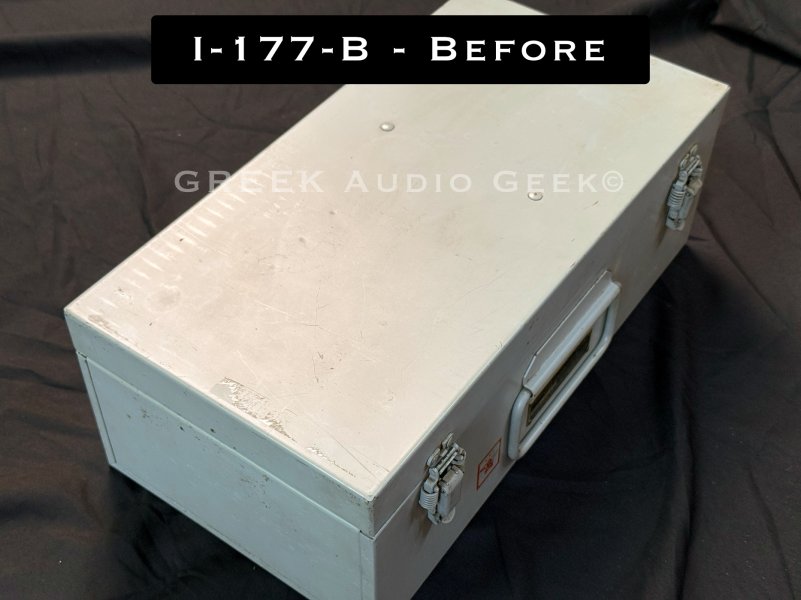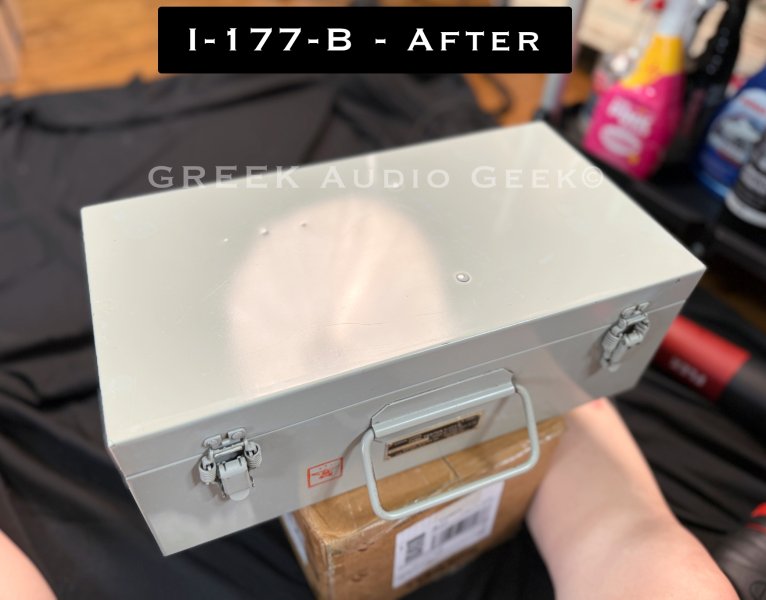@Synaxis Just reading through your 6sn7 tube tasting notes - and I think what it emphasizes most clearly is that tube rolling is highly personal, and also context specific. I think tubes are a way to "tune your system" so the environment (which speakers, source, and importantly other tubes being used) makes a large difference, as well as personal preference.
there are myriad 6sn7's variants out there, and I've tried most of the "big name" ones (Tung sol BLGRP 6sn7 and 6f8G, BG flat plate 6f8G, sylvania metal base 6sn7w, brimar 6sngty, numerous sylvania early 50's, rca and cbs 5692's, etc) I found your list solid for what it covered, however it should be noted that early 50's clear glass tung sol's (I believe you tried the so-called "mouse ears") are in no way a stand in for the black glass round plate 6sn7's or 6F8G's, which have a completely different plate construction. In my system (supratek preamp using 6sn7's for line stage, western electric 350b for voltaage regulation, and WE 417a and mullard 6gk5 for phone) into a type 46 amp (rca globes) on Altec 604C's - my prefence has clearly been the 40's tung sols
from what you've noted you might also enjoy the RCA smoked glass vt-231, which are relatively affordable, a real sleeper if you have the space and the adapters are dual 76's (almost all 76's are round plate)
there are myriad 6sn7's variants out there, and I've tried most of the "big name" ones (Tung sol BLGRP 6sn7 and 6f8G, BG flat plate 6f8G, sylvania metal base 6sn7w, brimar 6sngty, numerous sylvania early 50's, rca and cbs 5692's, etc) I found your list solid for what it covered, however it should be noted that early 50's clear glass tung sol's (I believe you tried the so-called "mouse ears") are in no way a stand in for the black glass round plate 6sn7's or 6F8G's, which have a completely different plate construction. In my system (supratek preamp using 6sn7's for line stage, western electric 350b for voltaage regulation, and WE 417a and mullard 6gk5 for phone) into a type 46 amp (rca globes) on Altec 604C's - my prefence has clearly been the 40's tung sols
from what you've noted you might also enjoy the RCA smoked glass vt-231, which are relatively affordable, a real sleeper if you have the space and the adapters are dual 76's (almost all 76's are round plate)
Last edited:












